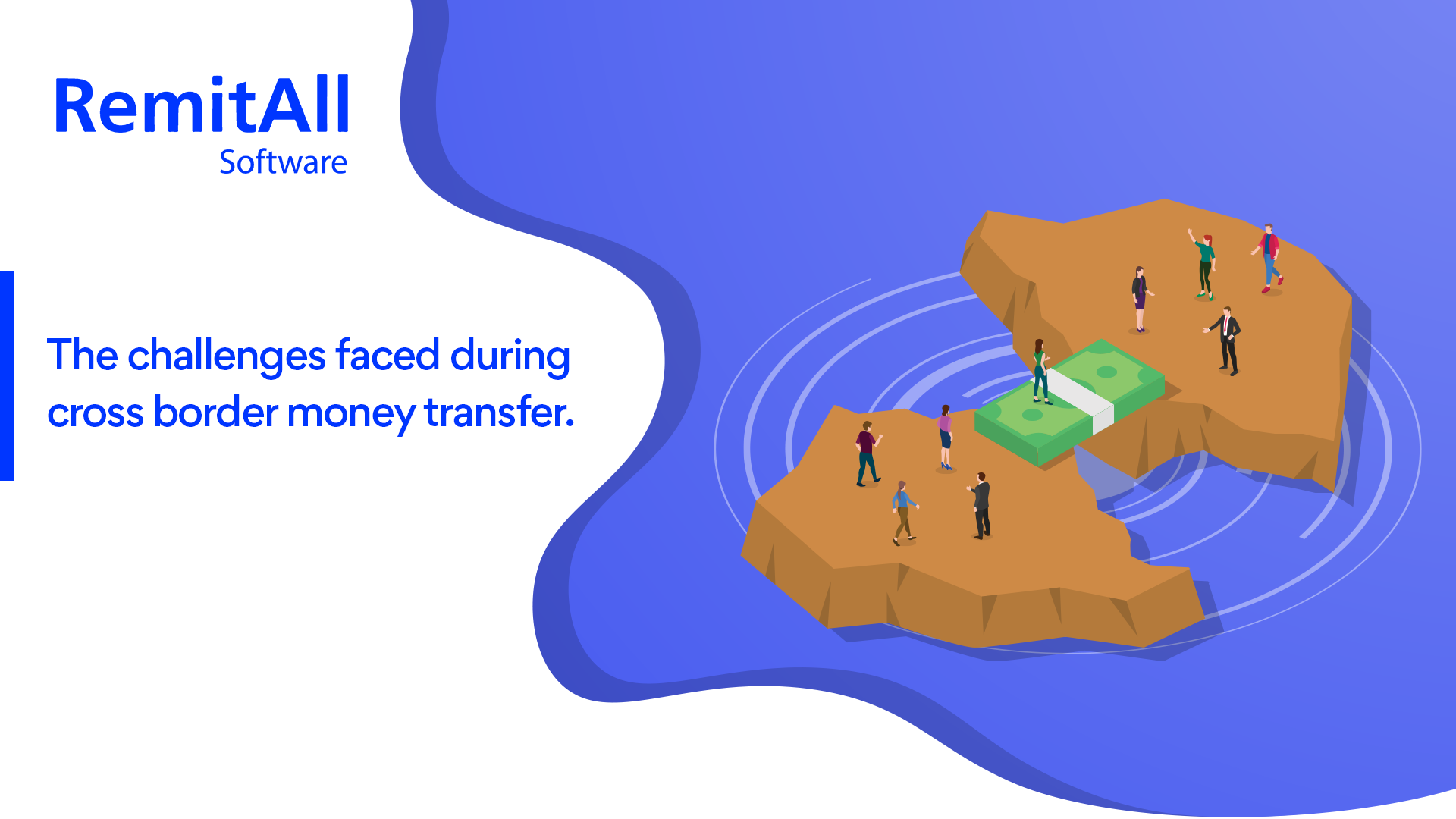Jan 13 - 3:00 Minutes
Meet the challenges in transferring B2B Remittances squarely

Cross-border payments can be initiated in a handful of ways, from bank transfers to credit card payments. Other payment methods such as e-money wallets and mobile payments are currently the most prevalent transferring funds across borders.
Cross-border payments sit at the core of international trade and economic activity. However, cross-border payments have faced four particular challenges for too long: high costs, low speed, limited access, and insufficient transparency.
Global debates and concerns:
It's not surprising that predictability, timing, data and receipt of payment features as the most required items that top the meaningful list to serve their customers in the market. There has been a long-time debate that if real-time is important in cross-border payments. From Europe to the U.S, there have been many projects on cross border payment that is fast. When it comes to global cross border payments, in today's parlance, most global cross border payments can take between three to five days on a bilateral basis to get from payer to beneficiary.
When the corporate treasures were asked, they showed concern regarding data, predictability, compliance and other things required to get that payment to its beneficiary.
The key frictions on cross-border money transfer include:
Improving the cross-border payments was put in as a priority since 2020 by the G20. The intention was to identify the challenges associated with cross-border payments that arise from a series of frictions in existing processes. The key challenges taken into account are as follows:
• Legal and regulatory frameworkThe haphazard implementation of regulatory regimes for sanctions screening and financial crime can lead to checking several times to make sure that the parties are not exposing themselves to illicit finance.
Banks many times use different sources in order to check what might lead to payments being incorrectly flagged.
The complexity raises with the number of intermediaries in a chain. The original data to meet initial checks may not contain elements needed for bills under another national regime. This makes compliance checks more lavish to design, disturbs automation and leads to delays or the rejection of payments.
• Circumscribed hours of operationMaximum countries have the underlying settlement system's operating within hours that are typically aligned to regular business hours. This leads to delays in clearing and settling cross-border payments. Most concerning are particularly the corridors with significant differences in time zones. This requires banks to hold enough cash to cover the unknown costs of the eventual foreign exchange rate, which fluctuates during this time, gearing up the whole transaction cost. This is called 'trapped liquidity'.
• Legacy technology platformA major proportion of the technology supporting cross-border payment systems remains on legacy platforms. It was built when paper-based payment processes first migrated to electronic systems.
These platforms tend to have fundamental limitations like relying on batch processing, a lack of real-time monitoring, and low data processing capacity.
This leads to problems like delays in settlement and trapped liquidity. Such limitations affect domestic operations but become even more of a hinder to achieving cross-border automation of payments when different legacy infrastructures happen to interact with each other. The interface looks more important with legacy technology as it can be a barrier for business models that are emerging and technologies to enter the market.
• High funding costsBanks require to provide funding in advance only to enable quick settlement, often across multiple currencies, or access markets of foreign currency. These risks for the banks that they will need to put aside capital to cover, which means that capital cannot support other activities. The uncertainty about when incoming funds will be received often leads to overfunding of positions, which increases costs.
• Extensive transaction chainsSuch challenges make it expensive for banks to have relationships in every jurisdiction, which is why the correspondent banking model is chosen. However, this results in longer transaction chains. This increases cost and delays, creating additional funding needs, repeated validation checks and the potential for data to be corrupted through its journey.
• Fragile competitionThere have been hindrances to entry for firms seeking to provide cross-border payment services. It is also difficult for end-users to accurately assess the cost of initiating a settlement, making it harder to gauge the value for money on offer by different providers. These barriers can increase prices for end-users and firms and dampen investment in modernising cross-border payments processes.
Data collected on Remittance transaction
A new study found that 14 billion B2B cross-border transactions will be processed by 2023.
In 2020, the global remittance industry handled around $702 billion in transfers – down from 2019's $719 billion but showing surprising resilience to the economic effects of the Covid-19 pandemic.
The global remittance industry is expected to return to growth with 2.1% growth in 2021 and 2.2% in 2022.
By 2028, the global remittance industry is expected to be worth around $42.46 billion, with a CAGR of 13.3%.
Regardless of your firm's current scenario, RemitAll Software will provide you with business to business money transfer solutions. We encourage you to bring your business back right on track with the help of our exceptional software. Our survival strategies and experience empowers your clients to approach your market with confidence. To know more about the service, click on this link: https://www.remitall.co.uk
Reading time 3:00 Minutes

Srijita Mukherjee
Experienced Content Writer with a demonstrated history of working in the outsourcing/offshoring industry. Skilled in WordPress, Headline Writing, Feature Writing, SEO, Copywriting, press release, etc. Strong media and communication professional with a Master's degree focused in journalism and mass communication from University of Calcutta.
Categories
Shifting Towards Digital Spell the End of Agents in Remittance. Yes or No?
May 20- 2 Minutes 10 Seconds

Five Mantras For Digital Payments And User Friendly For Your Customers
May 21- 2 Minutes 30 Seconds

Impact Of Remittance In Migration And Rural Development
May 27-2 Minutes 10 Seconds

 English
English Português
Português